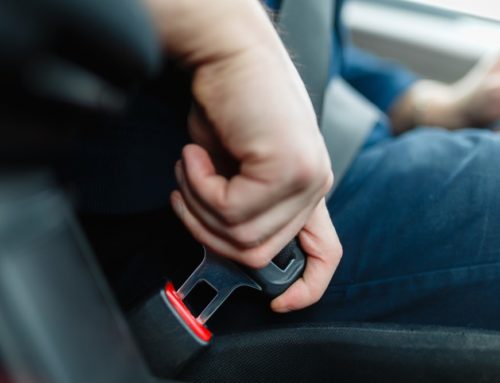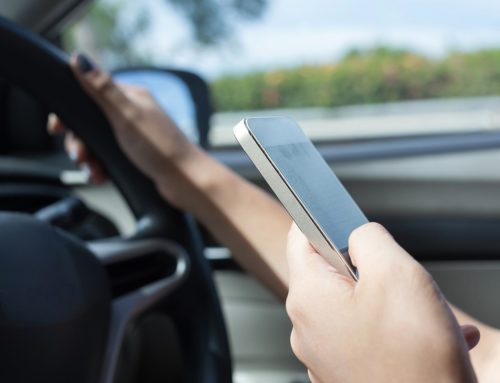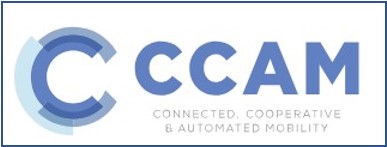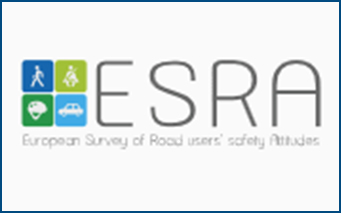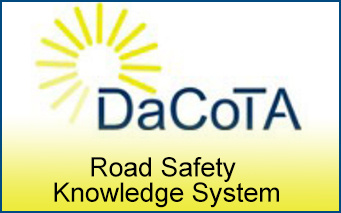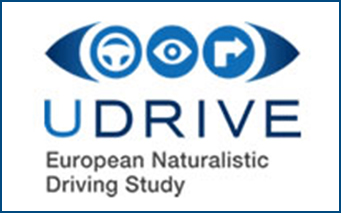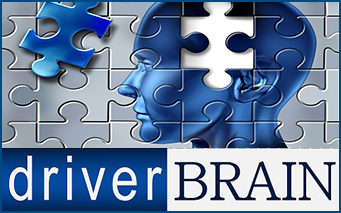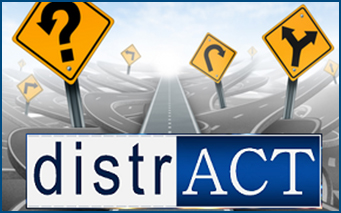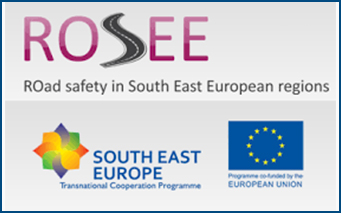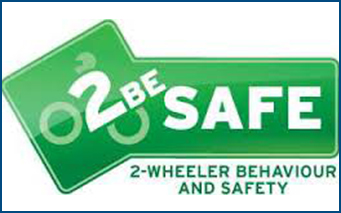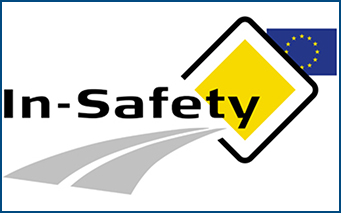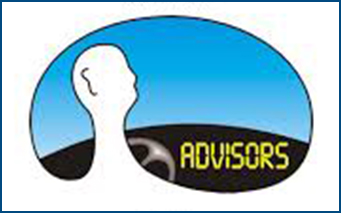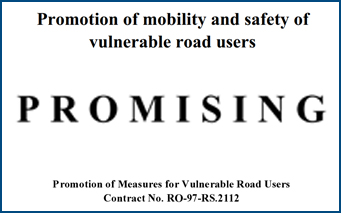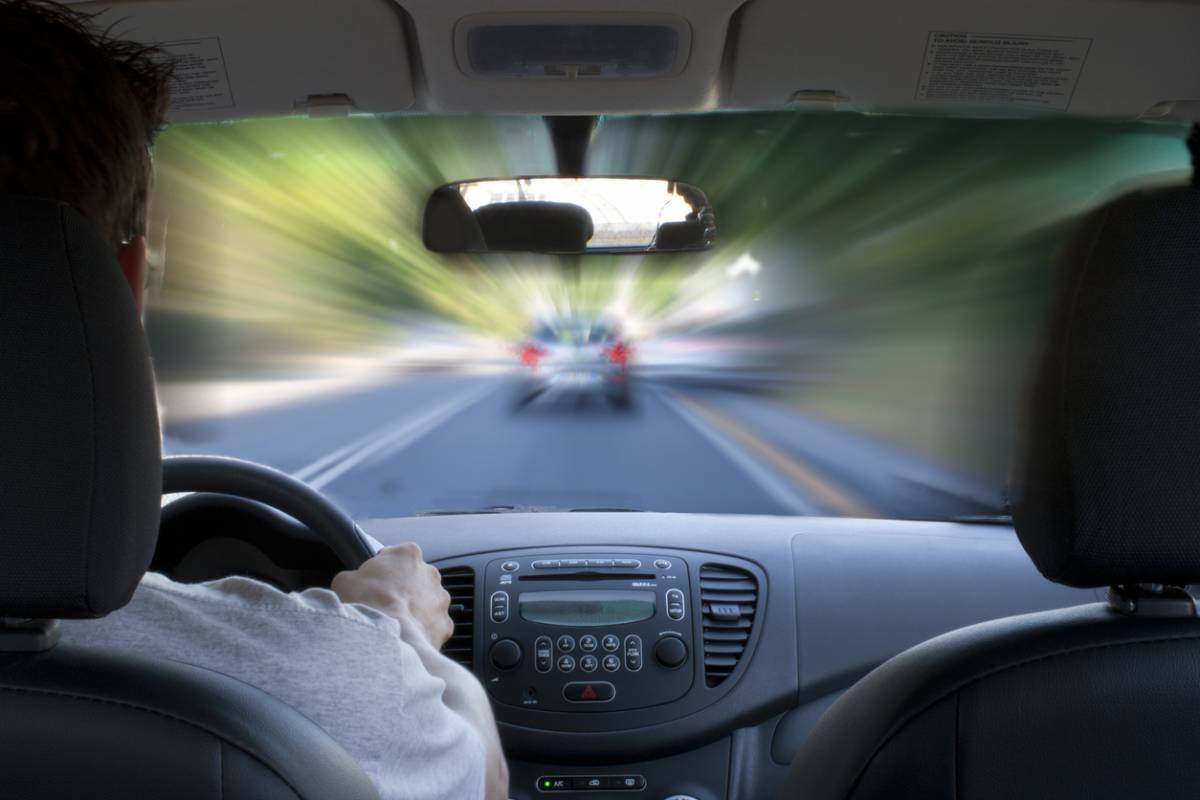
Speeding is considered as the most important road crash factor. It is a key factor in around 30% of fatal road crashes. Some 40-50% of drivers drive faster than the recommended speed limit and 10-20% exceed the limit by more than 10kph. Not only does speeding make you more likely to crash, it also increases the likelihood of severe injuries or death from a crash (European Commission, 2019). Speeding encompasses: Excessive speed (driving above the speed limit) and Inappropriate speed (driving too fast for the conditions, but within the limits). The main effects of speeding are:
- Excessive or inappropriate speed contributes to about one third of all fatal crashes
- The level of exhaust emissions, fuel consumption and noise increase with speed
- Speed effects the quality of life of urban residents, especially the safe mobility of VRU
Why speeding is dangerous?
Speeding leads to a greater impact in the event of a crash, which results in more serious injuries and fatalities. Moreover, when driving at higher speeds there is significantly less time to process information and react on time, and the braking distance is also longer, which reduces the possibility of avoiding a collision.
Higher speed = higher probability of a crash
- Longer distance travelled during driver perception / reaction time
- Longer distance travelled during emergency braking
- Driver more likely to lose control
- Less time to take preventive action
- Driver errors magnified
- Other road users more likely to misjudge speed
Higher speed = more serious injuries
- Injury results from transfer of energy from moving vehicle to bodily structures
- Kinetic energy relative to mass and velocity
- Higher speed = greater kinetic energy
- Greater kinetic energy = greater injury
- Unprotected road users are most vulnerable
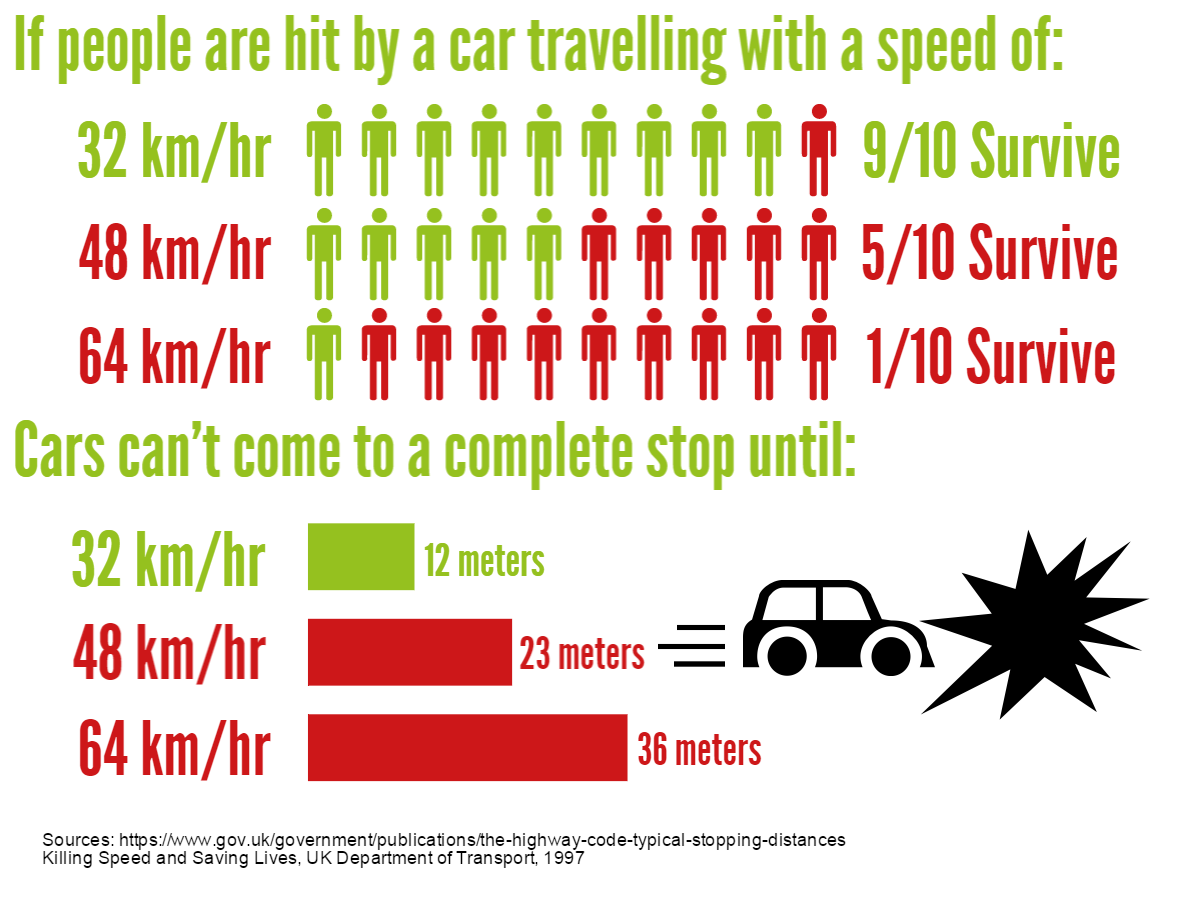
Key Recommendations
There is a clear need for drivers to improve their speeding behaviour. How?
- Slow down! Obey speed limits at all times!
- In urban areas, slow down even more! There are pedestrians, cyclists and motorcyclists which are vulnerable road users.
- Remember that speed limits are a limit, not a target speed!
- If you feel pressured by other road users to drive faster than the stated speed limit, move over, go to the right and allow them to pass!
- Keep right lanes when you are slower than other vehicles!
- Coordinate with traffic by adjusting your speed; Don’t drive either too faster or too slower than the other vehicles.
- Be alert! Keep the appropriate speed for the current road and traffic conditions (work-zones, adverse weather conditions etc.).
- Give speeding drivers plenty of space. Speeding drivers may lose control of their vehicle more easily.
- Adjust your attitude! Avoid aggressive driving!
- Plan better and allow more time for your trips, in order not to race the clock!

